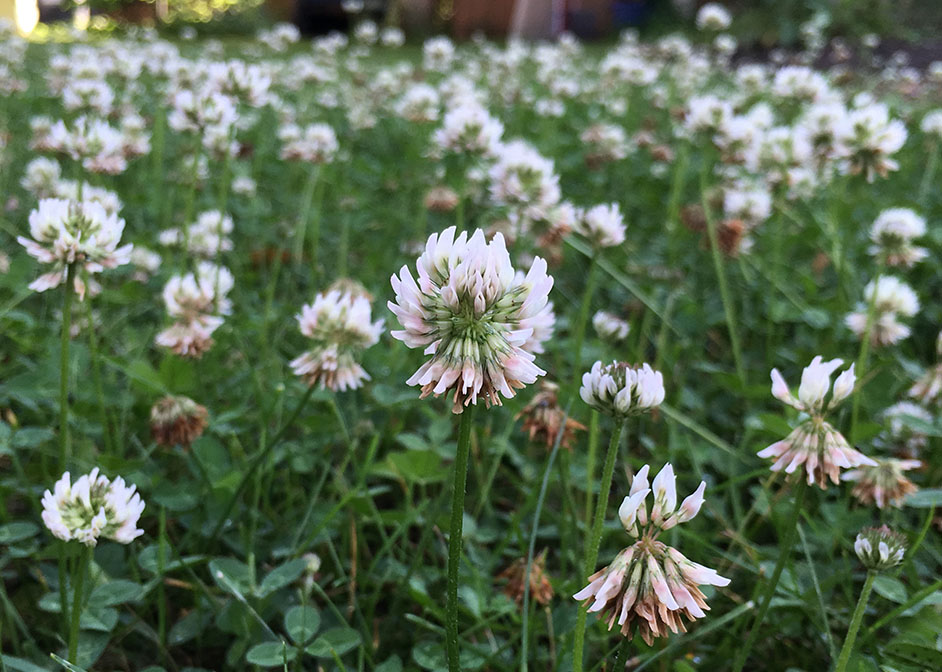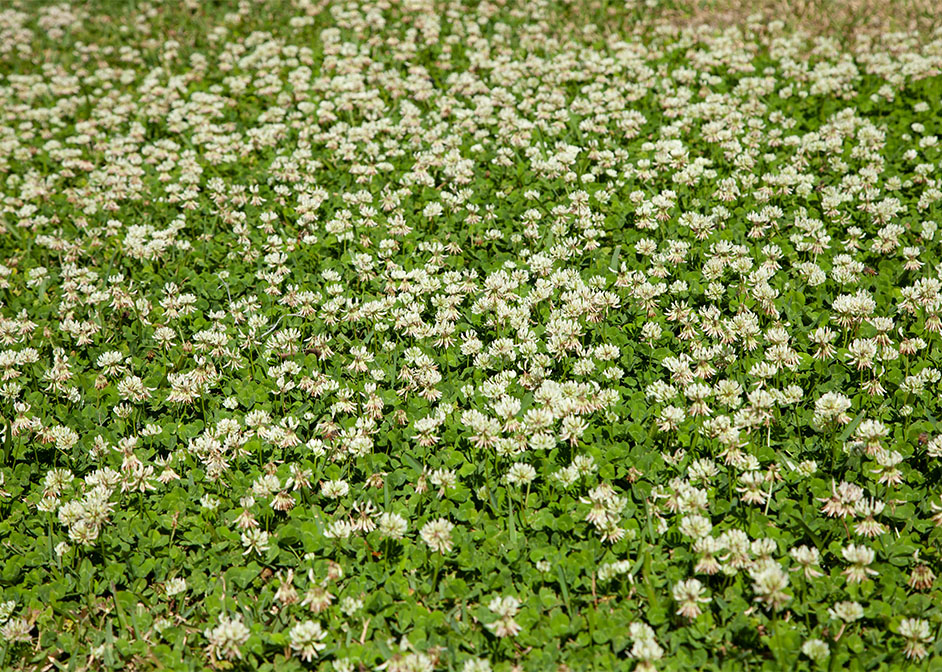Findings Point to White Clover’s Quick Adaptation to Urban Environments
It is a weed that gardeners would much rather do without, but for researchers at the University of Houston and across the world, white clover became the subject of the largest study of parallel evolution in cities globally.

Trifolium repens, or white clover, was chosen because it is found across all continents except Antarctica. The small plant is native to Europe and central Asia, but it is not a significant problem in regions elsewhere.
Because of its ubiquity, hundreds of scientists used it to test the evolution of the production of hydrogen cyanide in white clover in urban and rural environments and published their findings in the journal Science. The small plant produces the chemical to protect it from herbivores and drought stress.
“In the majority of cities across the world, there is a gradient,” said Kerri Crawford, UH associate professor of biology and biochemistry and co-author of the study. “Within cities, clover does not produce much of this compound. But in rural areas, it produces more of the compound.”

Crawford explains the cause of this difference might be due to greater populations of herbivores outside cities munching on the plant, or because drought stress is greater in rural environments.
Crawford was joined by Rebecca Zufall, associate professor of biology and biochemistry, and Hannah Locke, who graduated with her biology Ph.D. from UH’s College of Natural Sciences and Mathematics in 2021, for the Houston portion of the international study.
Out-of-the-Ordinary Findings
Locke, who is now a postdoctoral fellow at the University of Delaware, points out 8% of cities showed a reverse outcome, where hydrogen cyanide was greater in cities and less in the country. In the absence of robust insect communities feeding on clover, drought may drive the production of hydrogen cyanide, Locke said.
“This relationship may explain how and why hydrogen cyanide production is not completely lost in urban populations,” she adds. “Sometimes it’s important to study the exception to the rule, so it would be neat to see further follow-up work on the evolution of plant traits in the uncommon cities that broke the pattern.”
They collected clover from Houston’s sprawling metropolitan area, stretching as far as Rosenberg, about 35 miles from downtown over the span of three weekends.
“It was one of the largest transects in this study because we wanted to survey half of our population within the city and half outside the city,” said Crawford.
Also unique to Houston was that, relative to many other cities, southeast Texas clover had a higher frequency of hydrogen cyanide. Scientists suggest it could mean Houston clover has more herbivores munching on it. It could also mean it has greater drought stress. “Both seem likely, but we don’t know the real reason,” Crawford said. These questions could be investigated by others interested in furthering the study.
Larger Implications
Beyond Houston, researchers found drought and vegetation cover were the strongest predictors of variation in hydrogen cyanide in rural-urban areas.
Overall, the study’s conclusion is white clover rapidly adapts to urban environments on a global scale.
Zufall was not surprised by the selective pressures generated in urban environments versus rural ones, but she was surprised by how hydrogen cyanide production gradients were generally the same across many different cities. “This suggests that urbanization has strong, rapid effects on trait evolution,” she said.
If studies of other plants and animals also find adaptation to urban environments, the paper’s authors write the knowledge could help conserve vulnerable species, mitigate the impact of pests, improve human well-being and contribute to understanding fundamental eco-evolutionary processes.
"People tend to think of cities as not being part of the environment,” Crawford said. “They tend to see the environment as this place outside of the cities, but this urban landscape we have built has a lot of species living in it. And they’re changing in ways that we might not have predicted. It’s really neat to think about how species are changing and what these cities are doing to native species.”
- Rebeca Trejo, College of Natural Sciences and Mathematics